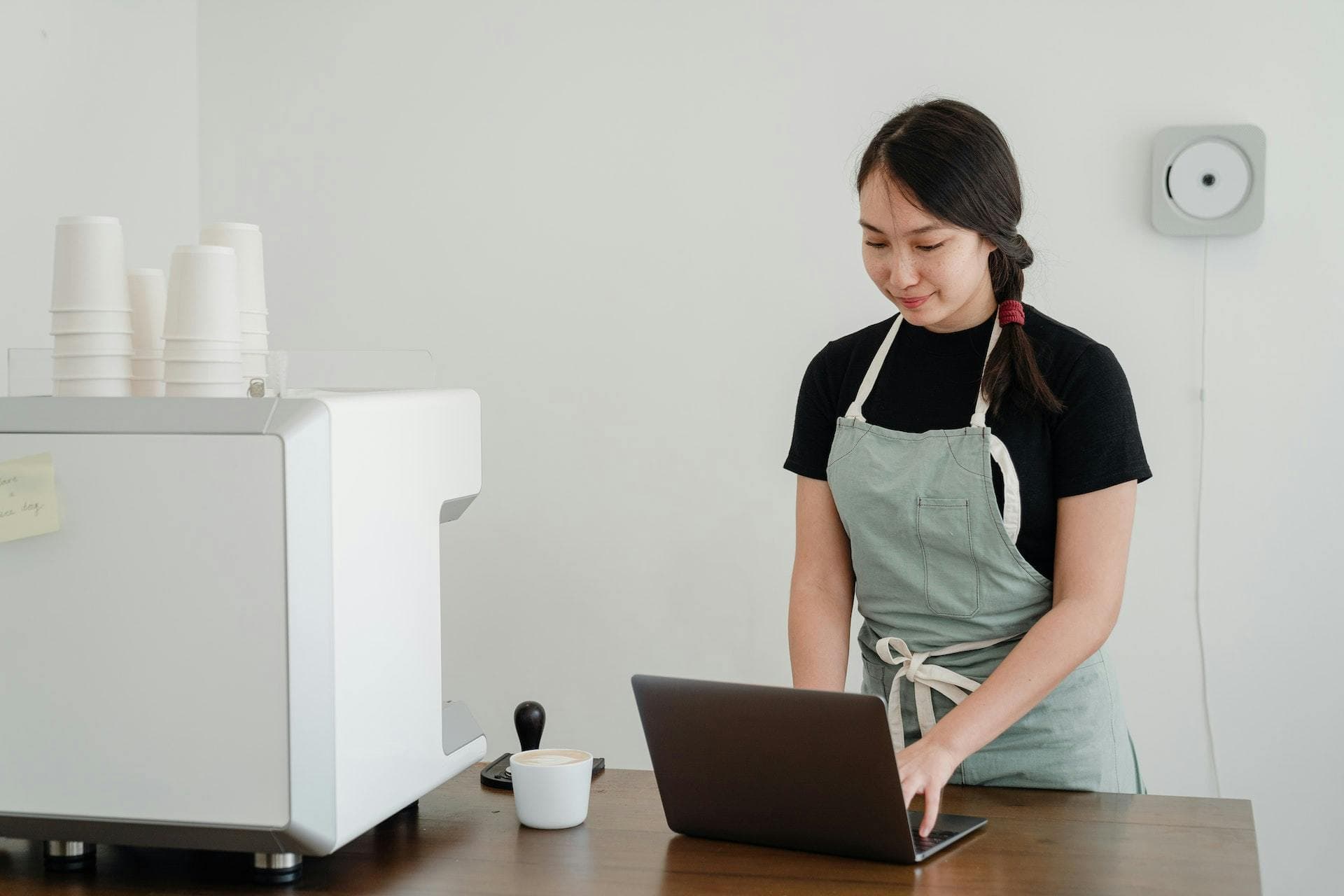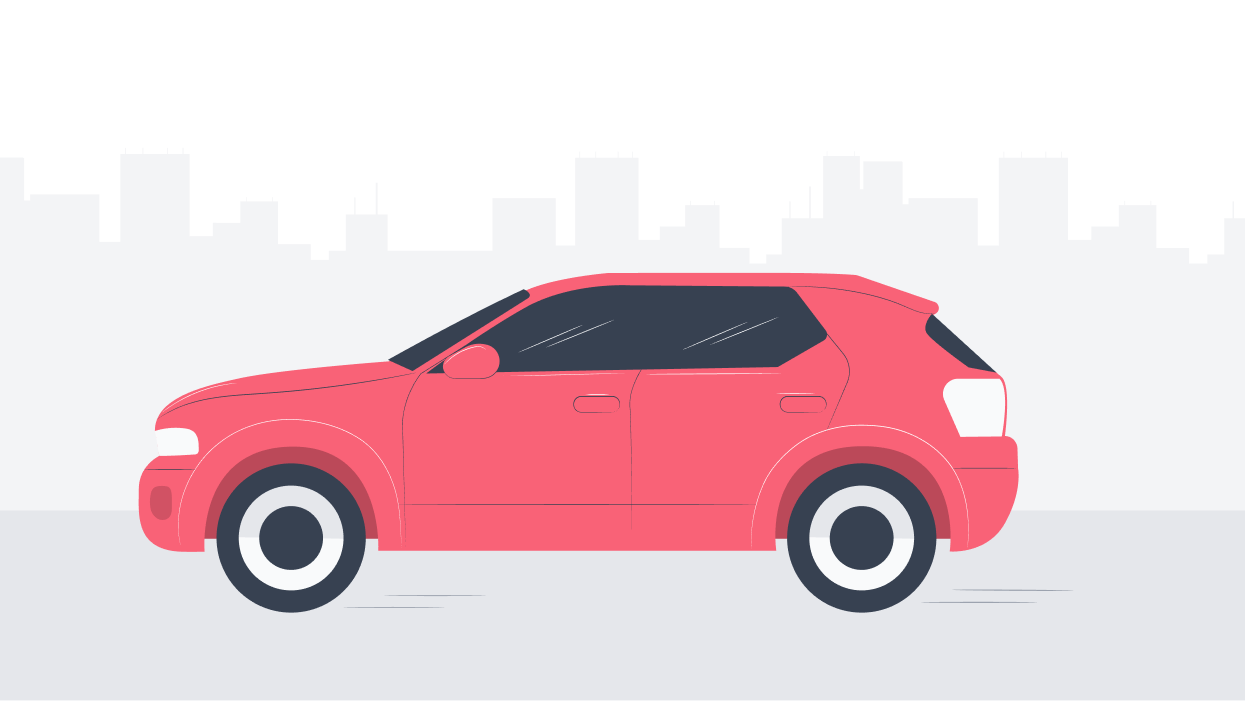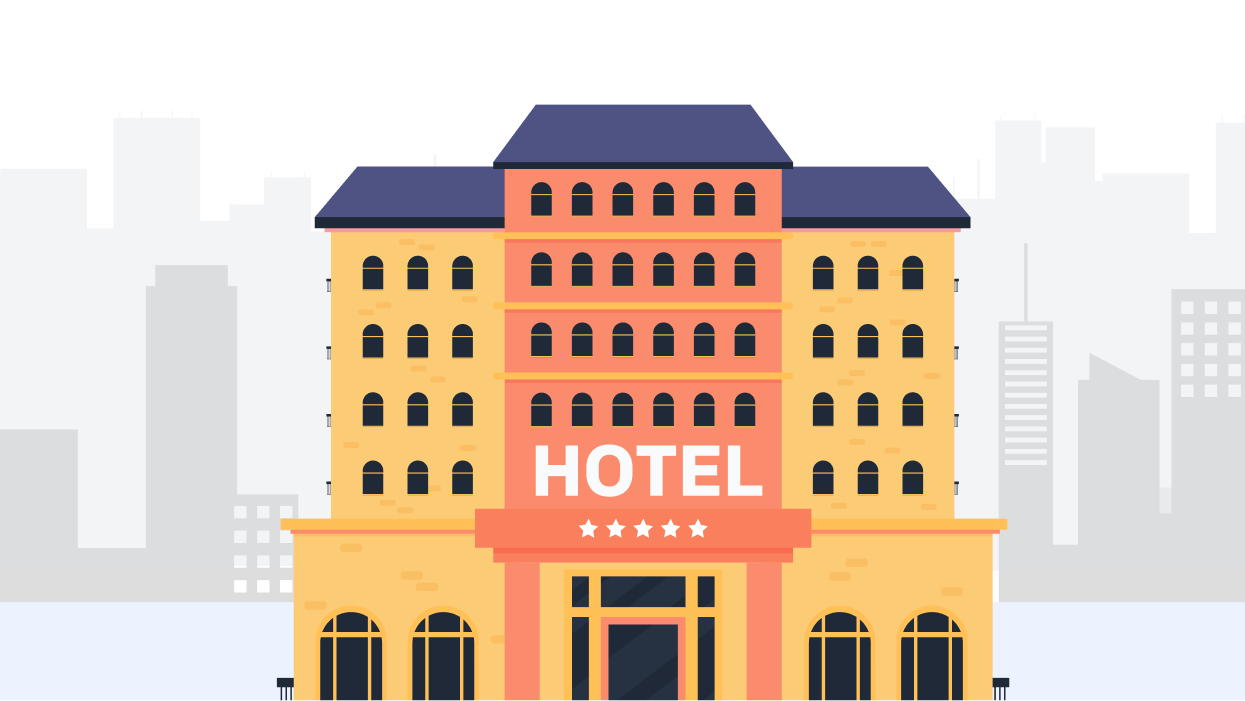
What are simplified expenses and what do they cover?
October 27, 2021What are simplified expenses?
Working from home
| Hours of business use per month | Flat rate per month |
|---|---|
| 25 to 50 | £10 |
| 51-100 | £18 |
| 101+ | £26 |
Vehicle expenses
| Vehicle | Flat rate per mile with simplified expenses |
|---|---|
| Cars and goods vehicles first 10,000 miles | 45p |
| Cars and goods vehicles after 10,000 miles | 25p |
| Motorcycles | 24p |

Living at your business premises
| Number of people | Flat rate per month |
|---|---|
| 1 | £350 |
| 2 | £500 |
| 3+ | £650 |






